Imagine gazing into your dog’s eyes and wondering, “Does she really feel joy, jealousy, or even sadness the way I do?” Now, picture a world where artificial intelligence doesn’t just answer that question but helps us read the silent language of tails, whiskers, and feathers. That’s not science fiction anymore. Across the globe, scientists are teaching computers to decode the emotions of animals—sometimes with surprising results. As AI learns from our pets, it’s not just changing the way we see animals; it’s transforming how we see ourselves. So, what happens when machines start to truly “listen” to the feelings of our furry, feathery, and scaly friends? Let’s dive in and discover the emotional world of animals through the eyes of AI.
The Language of Tails and Whiskers: Why Animal Emotions Matter
Our pets don’t use words, but their feelings are painted across their bodies in a thousand subtle ways. A wagging tail, a twitching ear, or a gentle purr can mean anything from pure happiness to anxious worry. Animal emotions matter because they shape how our pets interact with us, with each other, and with the world. When we misunderstand those signals, we risk missing out on the true richness of our relationships with them. AI promises to bridge that gap, offering a way to “hear” what our pets are trying to say, even when their voices are silent.
From Bark to Byte: How AI is Listening to Animal Sounds
Dogs bark, cats meow, and birds sing—but what are they really saying? AI technologies now analyze thousands of hours of animal sounds, picking out subtle differences in pitch, rhythm, and volume. For example, researchers have trained algorithms to distinguish between a dog’s excited bark and its anxious whine. These systems can even identify individual animals by their unique “voice prints.” Imagine being able to know exactly when your cat is hungry, scared, or just being dramatic, all thanks to a computer listening in.
Decoding the Gaze: AI and Animal Facial Expressions
Have you ever wondered if your dog is really smiling at you? New AI tools can analyze facial muscles in animals and recognize expressions that signal happiness, fear, or pain. By comparing thousands of images, algorithms learn to spot the tiniest twitch of a whisker or flicker of an eye that might mean something deep. For farm animals like cows and pigs, this technology can even alert farmers if an animal is stressed or unwell, just by “reading” their faces.
The Wagging Tail Algorithm: Understanding Canine Emotions
Dogs are perhaps our closest animal companions, and scientists have poured special effort into teaching AI to read canine emotions. Algorithms now interpret tail wags, ear positions, and body posture to tell if a dog is excited, nervous, or relaxed. For instance, a tail wagging more to the right often signals happiness, while a leftward wag could mean unease. This kind of insight is revolutionizing dog training, shelter management, and even veterinary care.
Cat Chatter: AI’s Foray into Feline Feelings
Cats are notorious for being mysterious, but AI is slowly unraveling their secrets. By analyzing meows, purrs, and body language, machine learning models are starting to differentiate between playful, hungry, or stressed felines. Some apps now let cat owners record their pet’s vocalizations and get instant feedback on what mood their cat might be in. It’s like finally having a cat-to-human translator in your pocket.
From Barnyard to Cloud: AI in Farm Animal Welfare
The lives of cows, pigs, and chickens are often hidden from view, but AI is offering new windows into their well-being. Cameras and sensors track movement, facial tension, and vocalizations to alert farmers if animals are in pain or distress. In some cases, AI can even predict when a cow is about to give birth or if a flock is becoming restless before a storm. These insights mean better care and a kinder, more humane world for farm animals.
Birdsong and Beyond: Teaching Algorithms to Sing
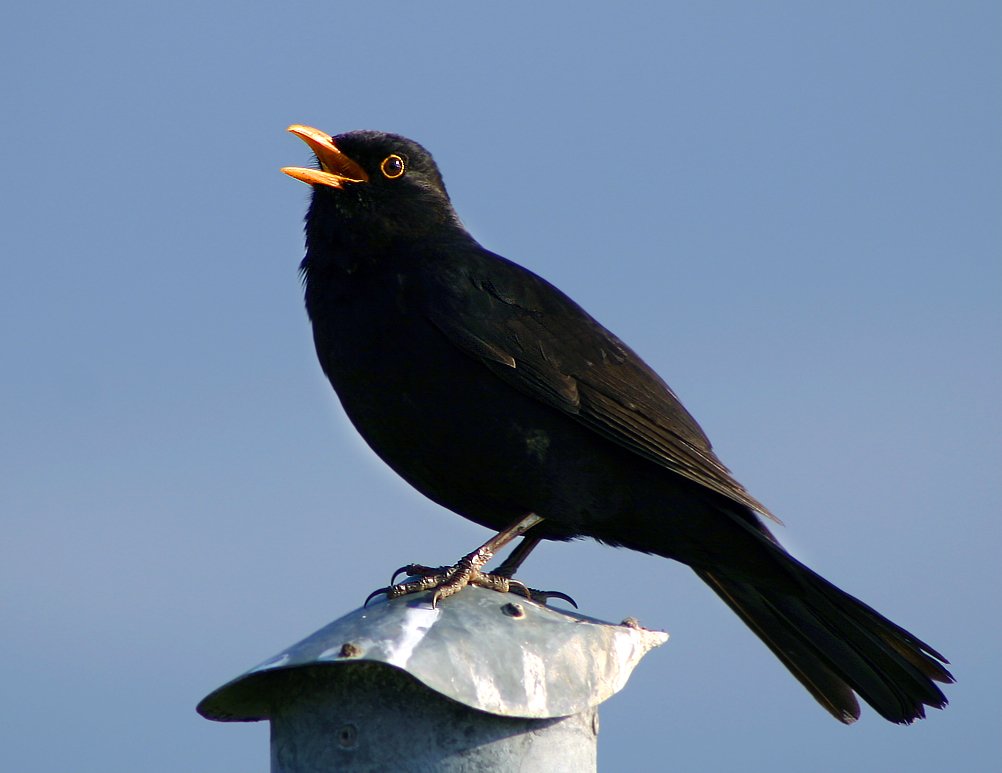
Birdsong is beautiful, but it also carries vital information about a bird’s state of mind. AI is now being used to interpret the complex melodies of birds to detect emotions such as stress, contentment, or excitement. With enough data, algorithms can even distinguish regional “dialects” in bird communities, helping researchers understand how urbanization or climate change affects their well-being. It’s like having a field guide that never sleeps.
Fish Faces and Silent Signals: Underwater Emotion Detection
It might sound odd, but fish have feelings, too. AI is helping marine biologists track changes in color, swimming patterns, and fin movements to sense when a fish is calm, frightened, or even sick. In aquariums or fish farms, these digital “fish whisperers” can spot problems before they become disasters, making life better for creatures we often overlook.
The Power of Big Data: Training Algorithms on Animal Behavior
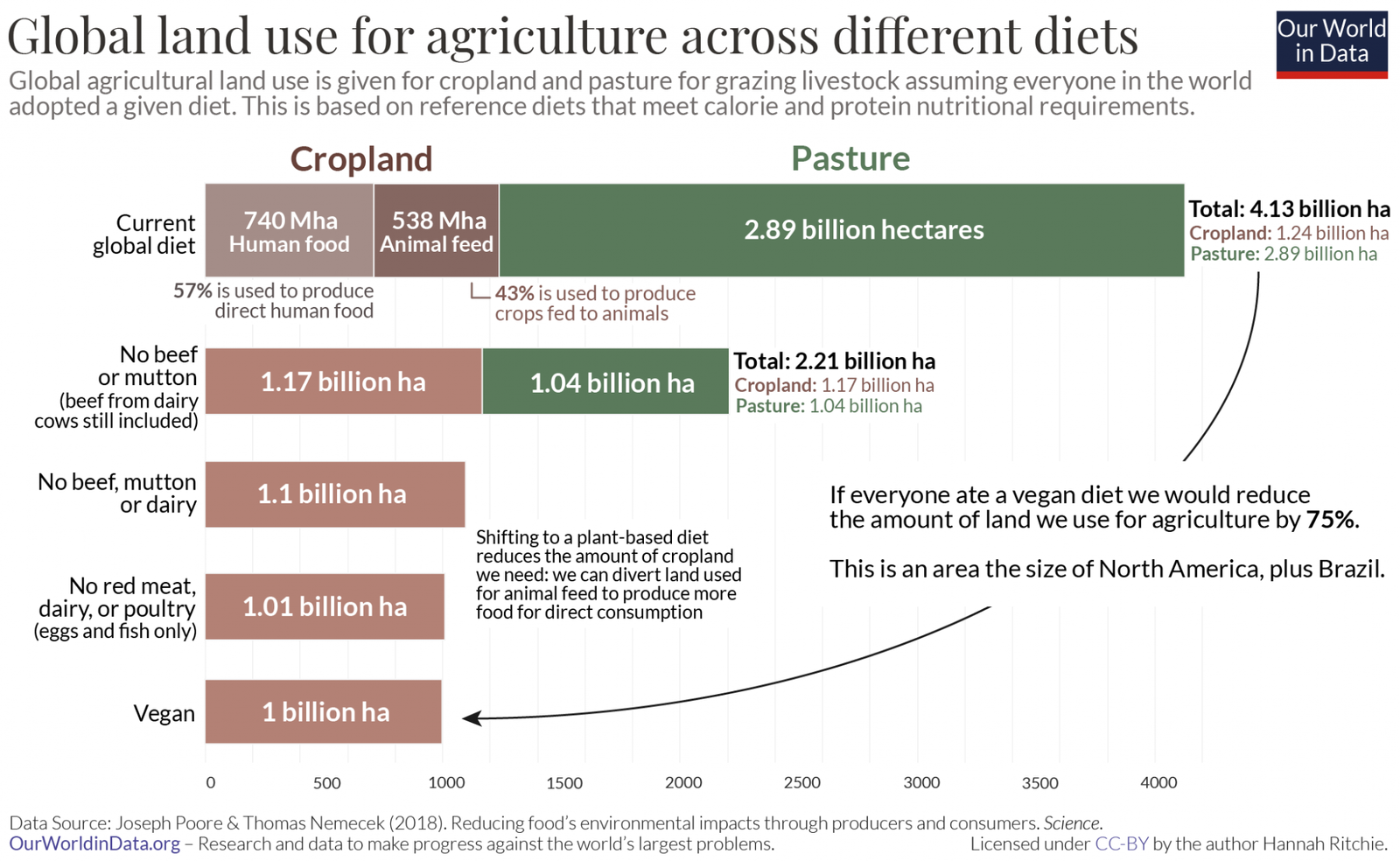
AI doesn’t just learn from a few cute videos. It sifts through mountains of data—millions of images, audio clips, and movement patterns—to spot trends and make predictions. This sheer scale means algorithms often pick up on things humans might miss, like subtle changes in an animal’s routine that signal stress or illness. The more data AI gets, the better it becomes at truly understanding what animals are feeling.
Emotion Recognition in Exotic and Wild Species

It’s not just pets and farm animals that benefit from AI. Conservationists are using emotion recognition to monitor elephants, dolphins, and even wild wolves. By tracking vocalizations, gait, and posture, AI can help researchers determine if a herd is anxious about poachers or if a dolphin pod is excited about a new calf. These insights are critical for protecting endangered animals and fostering a deeper connection with wildlife.
Wearable Tech for Animals: Smart Collars and Beyond
Imagine a dog collar that doesn’t just track location, but also mood. AI-powered wearable devices now monitor heart rate, breathing, and movement to provide real-time updates about an animal’s emotional state. For working dogs, such as guide dogs or police K9s, this technology can alert handlers if the animal becomes stressed or fatigued, ensuring both safety and well-being.
AI and Animal Pain Detection: A Compassionate Breakthrough
Pain is one of the hardest emotions to spot, especially in stoic animals. AI is changing that by analyzing facial expressions, body posture, and even subtle changes in behavior to detect pain early. Veterinarians can now use these tools to offer quicker, more accurate treatment, sparing animals unnecessary suffering. This technology is a game-changer in both clinics and animal shelters.
The Ethics of Reading Animal Emotions with AI
With great power comes great responsibility. As AI gets better at understanding animal feelings, new ethical questions arise. Should we use this information to change how we treat animals in entertainment or research? How do we protect animal privacy, if there is such a thing? These debates are just beginning, but one thing is clear: AI is challenging us to see animals as feeling beings, not just objects.
What Pets Teach Algorithms: Learning from Our Best Friends
Our pets are more than companions—they’re teachers. Every bark, purr, or playful leap is a data point that helps AI learn the language of animal emotions. Dogs and cats, in particular, offer rich, everyday examples of happiness, anxiety, contentment, and love. The more AI observes, the more it learns, not just about pets but about the emotional lives of animals everywhere.
AI in Animal Rescue and Rehabilitation
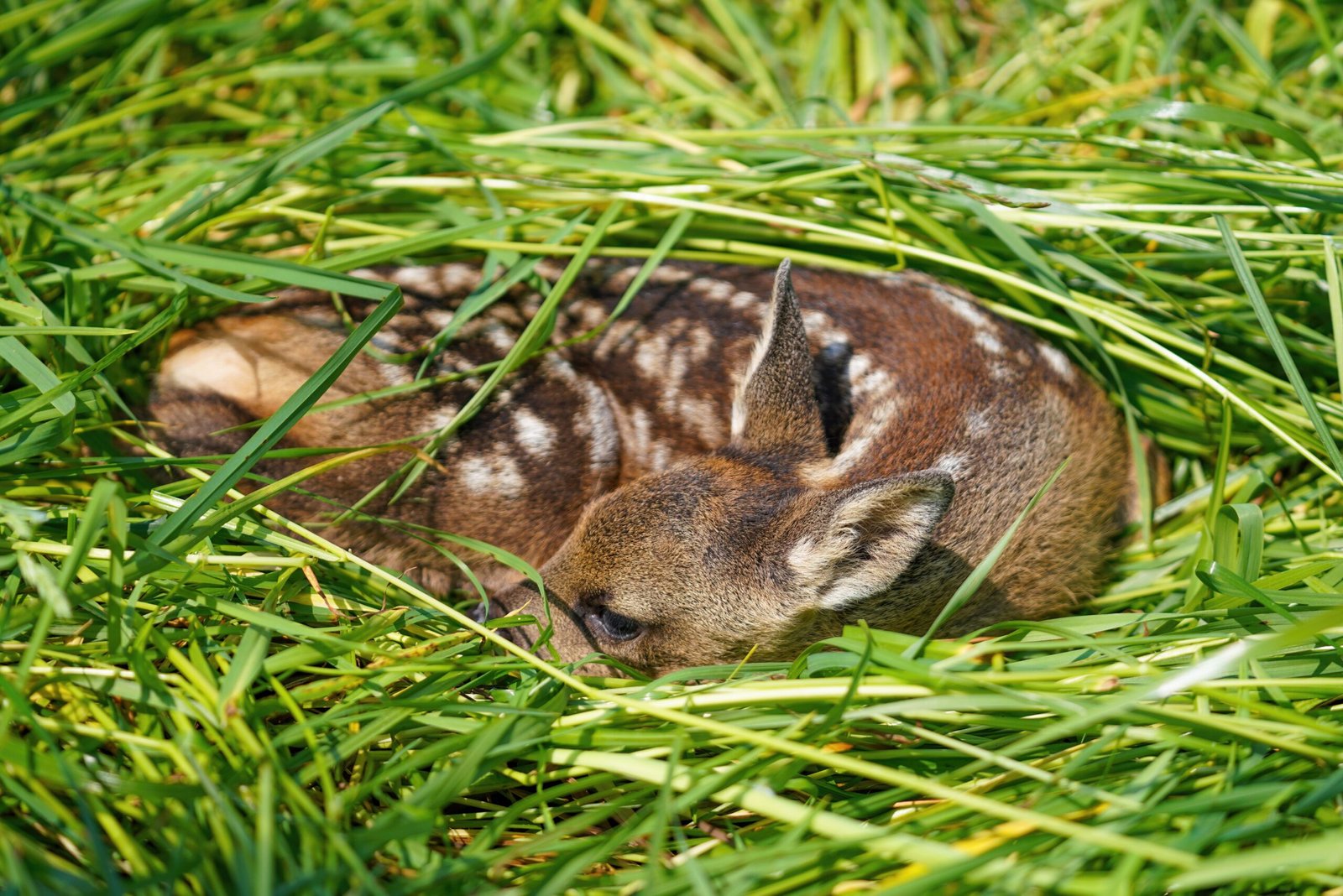
Animal shelters are often overwhelmed, but AI is stepping in to help. By monitoring posture and vocalizations, algorithms can quickly identify stressed or fearful animals, making it easier to provide targeted care or find the right foster home. In wildlife rehabilitation, AI tracks recovery progress, ensuring animals are released only when they’re truly ready to thrive.
Robots and Animal Companionship: Can AI Become a Friend?
It might sound like something out of a sci-fi movie, but robotic companions for animals are no longer a fantasy. Some research groups are developing AI-powered robots that comfort, entertain, or even train pets when humans aren’t around. These robots use emotion-recognition algorithms to adapt their behavior, making playtime more engaging and less lonely for our furry friends.
Teaching AI Empathy: The Next Frontier
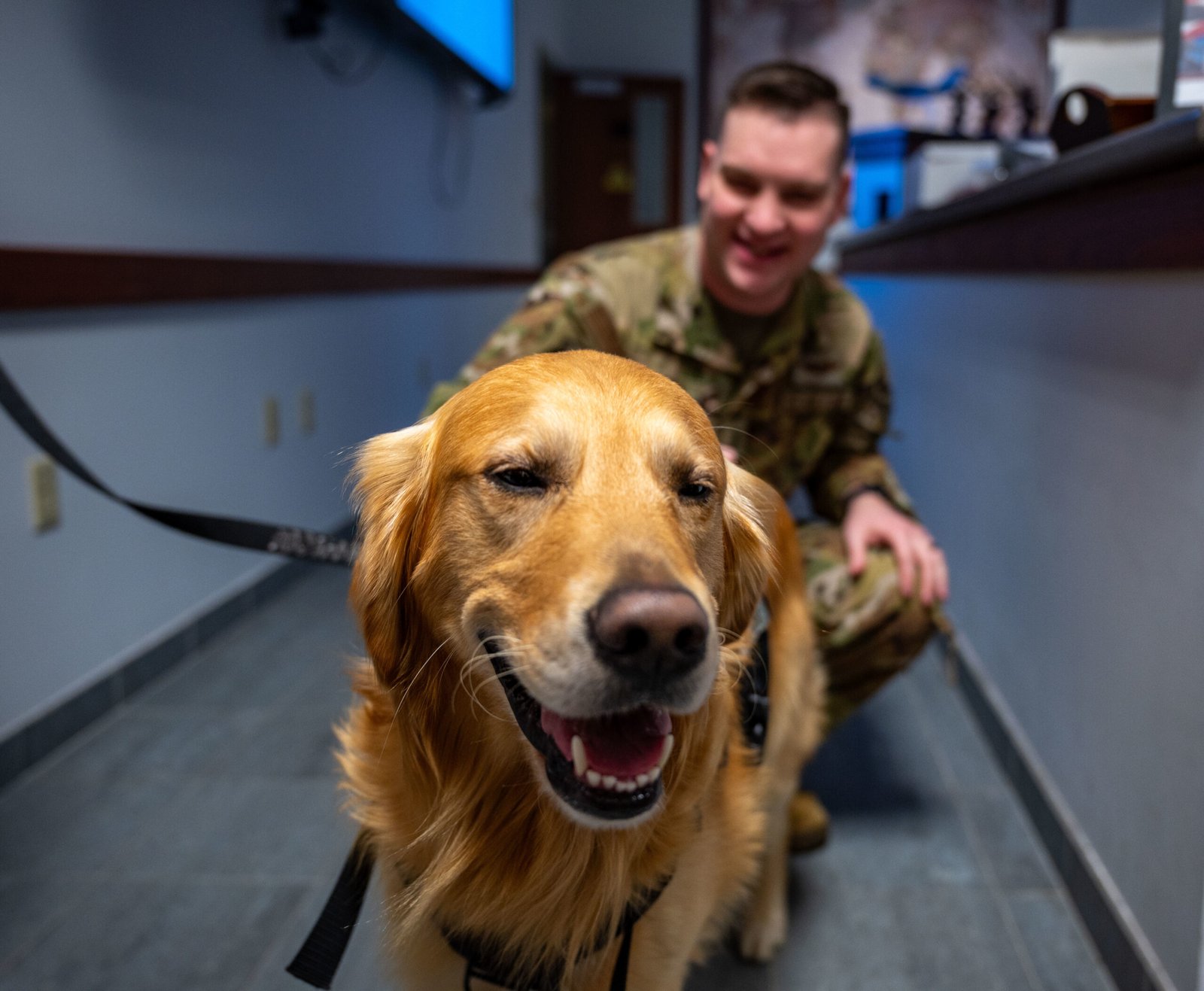
Understanding emotion is just the beginning—teaching AI to respond with empathy is the next challenge. Some projects are now exploring ways for algorithms to offer comfort or encouragement when an animal is distressed. Imagine a smart device that soothes an anxious dog during thunderstorms or reassures a lonely cat while you’re at work. This kind of emotional intelligence could revolutionize animal care.
From Pets to People: What Animal Emotions Teach Us About Ourselves
As we teach AI to read animal feelings, we’re also learning about our own emotional lives. The way animals express joy, fear, or love isn’t so different from us, after all. By studying these connections, scientists hope to gain new insights into human psychology and even improve technologies for detecting emotions in people who struggle to communicate, like young children or those with certain disabilities.
The Future of AI and Animal Emotions: What’s Next?
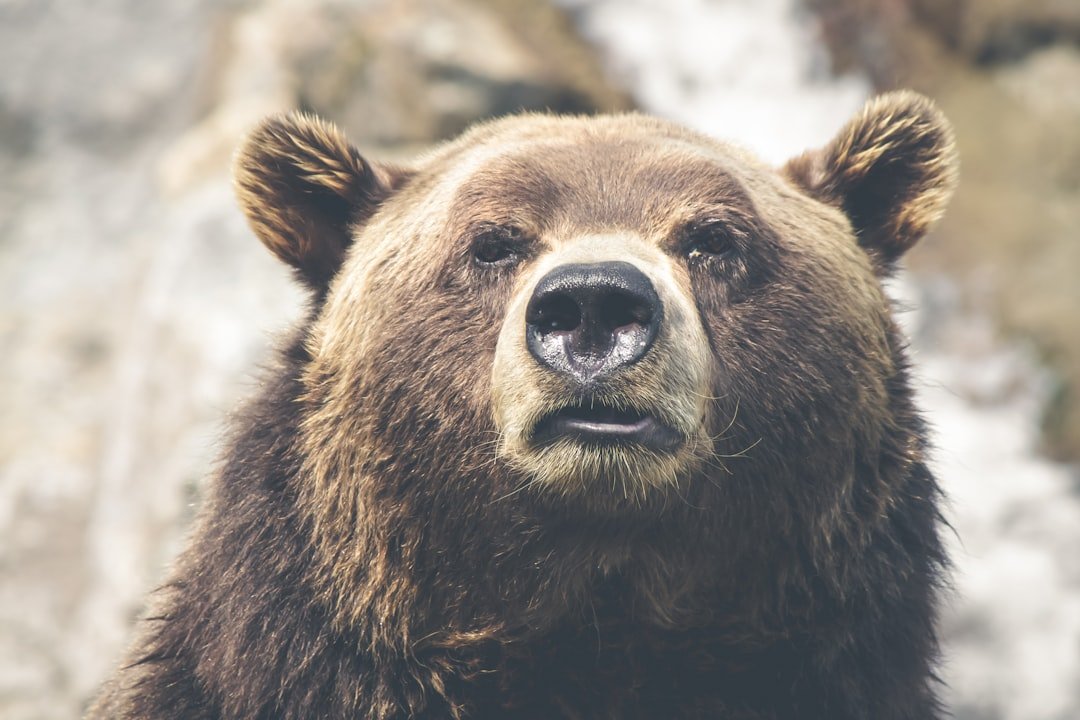
With every passing year, AI gets better at decoding the mysterious world of animal feelings. Soon, we might have apps that translate a wag or a meow into human language, or systems that protect wildlife by sensing distress before disaster strikes. As we continue down this path, one thing is certain: the bond between humans and animals is growing deeper, thanks to the curious eyes—and ears—of artificial intelligence.
Reflection: The Promise and Peril of Digital Empathy
AI’s journey into the emotional landscapes of animals is inspiring and just a little bit eerie. It offers the promise of compassion, understanding, and better care for the creatures who share our world. But it also challenges us to rethink what it means to connect—across species, and through the lens of technology. As machines start to “feel” for animals, maybe we’ll rediscover what it means to truly feel for them ourselves.




